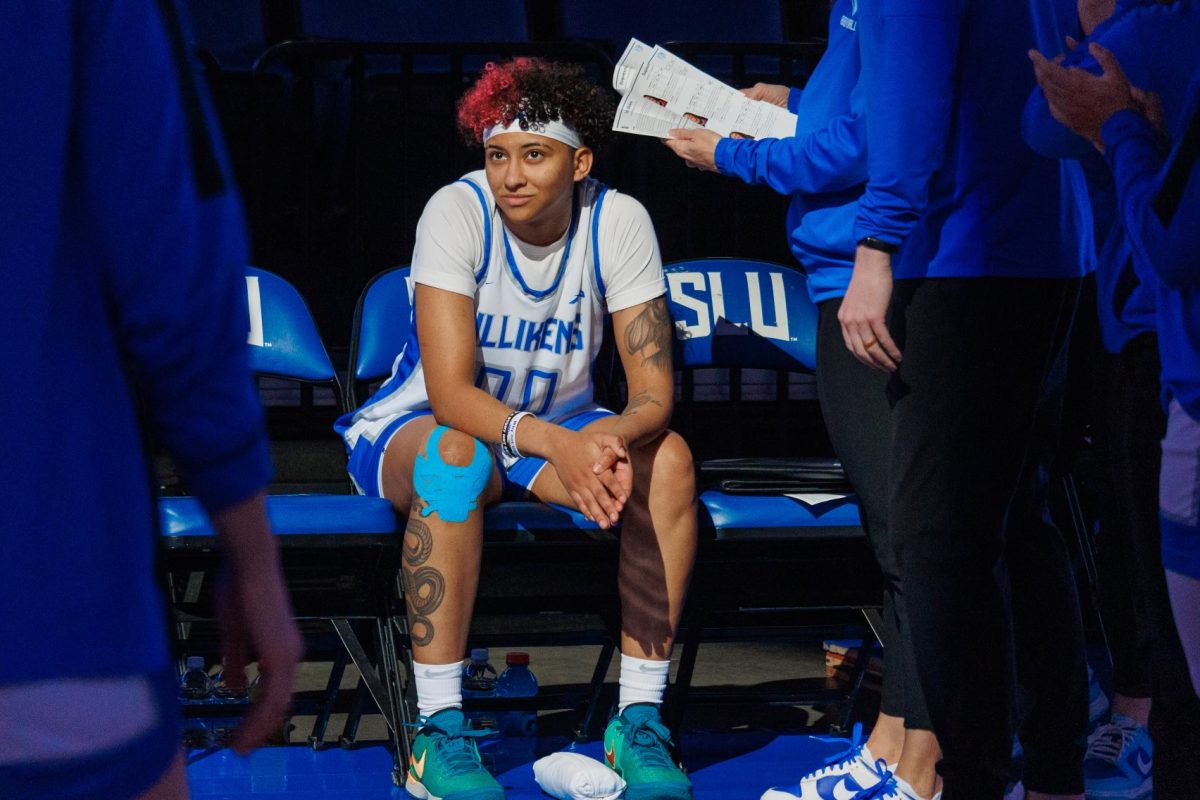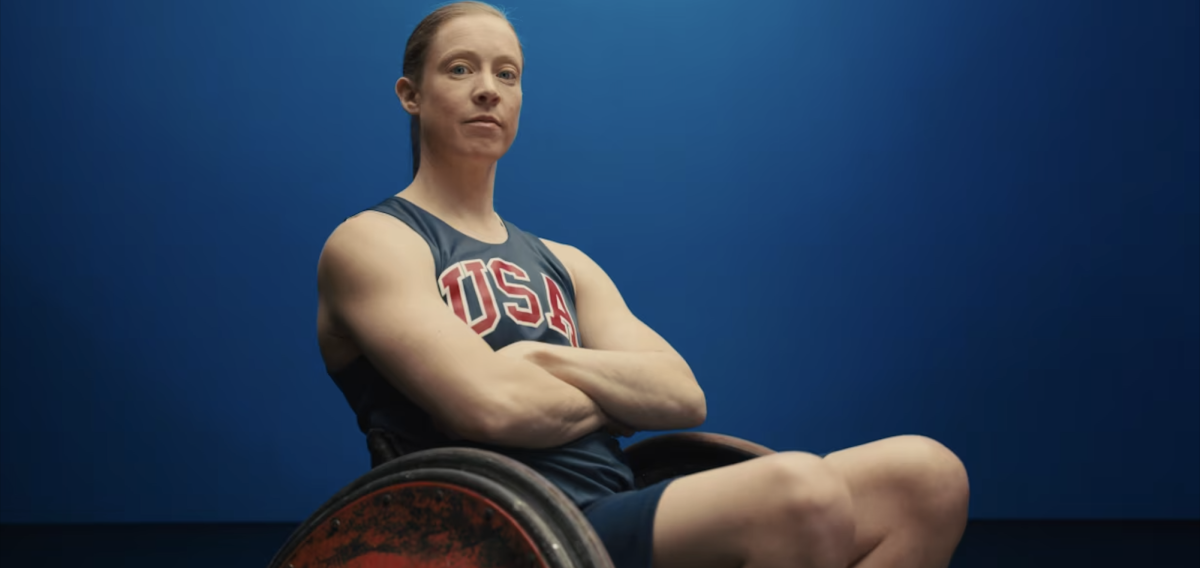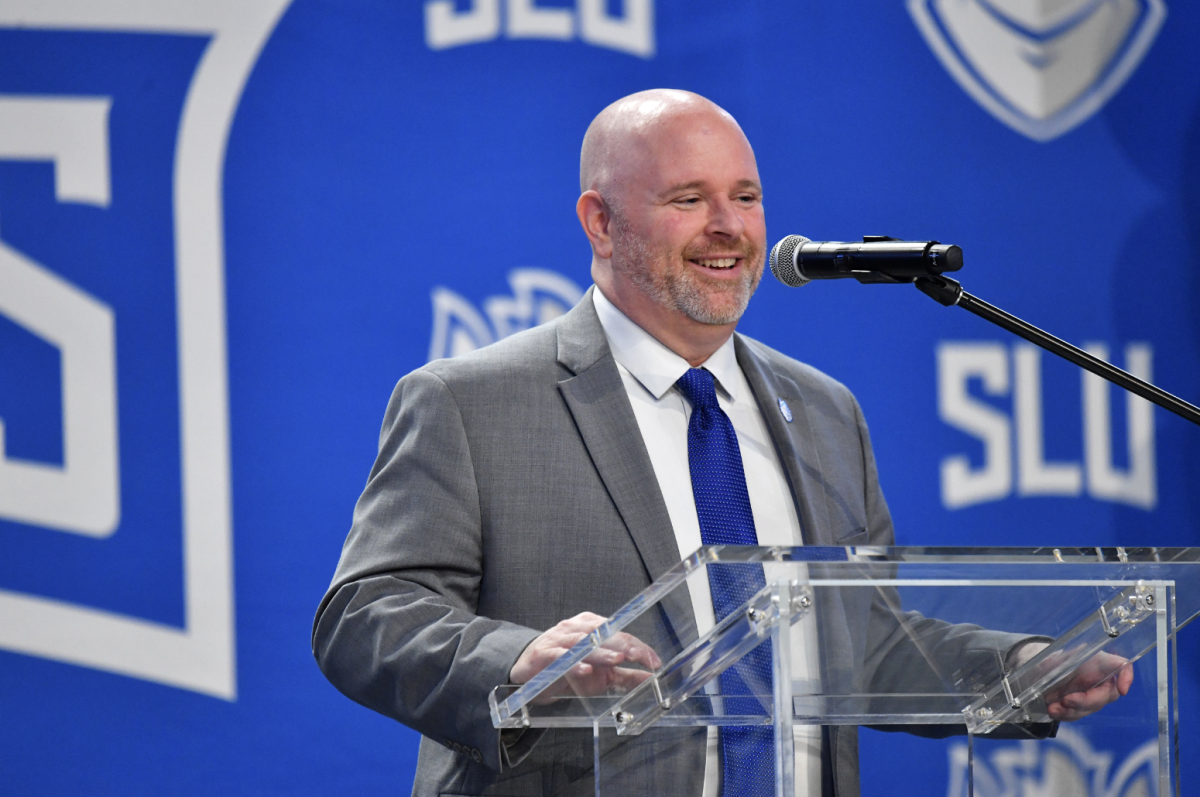Kids grow up so darned quick these days, especially in the
sports world.
When I was 14, my biggest concerns were trying to find my way
around my high school as a freshman, convincing my mom to let me to
go the mall alone with friends and arranging rides to and from the
movie theater, where my friends and I relished our freedom to see
PG-13 movies without parents.
Here I am, seven years later, 21 and about to graduate from
college. Now, my biggest concerns are finding a job that pays more
than my summer job did and will provide health insurance, deciding
where to live and finding a way to repay my student loans.
Enter Freddy Adu, a 14-year-old whose experience is far more
“adult” than my 21-year-old so-called-life.
Adu is the 14-year-old soccer phenom who immigrated from Ghana
at the age of 8 when his family won an immigration lottery and
moved to Maryland. Adu’s incredible soccer talents were discovered
at an early age, and he spent the last two years training with U.S.
National Youth teams in Florida. In May, he will receive his high
school diploma after having completed an accelerated high
school-equivalency program while in Florida.
He is the highest-paid athlete in Major League Soccer, earning
$500,000 with the D.C. United club. He wears the number nine on his
jersey, which forced teammate Jaime Moreno, the 30-year-old
Bolivian who has played in MLS since its inception, to change his
number to 99, upon being traded to D.C. from the MetroStars.
Last Saturday, he set foot on an MLS field for the first time
when he came off the bench in the 64th minute of play. Adu took a
few touches and no shots on goal as United beat San Jose 2-1, but
the MLS-capacity crowd at Robert F. Kennedy Stadium didn’t care. He
was the hero of the game.
Not many 14-year-olds have shoulders big enough to carry all
that fame.
We live in a sports world where age is valued in the same
grotesque fashion as weight is in modeling and acting–the lower
you go, the better.
The Kobe Bryants and LeBron Jameses are hailed as heroes and
glamorized by the media, even before their high school graduations;
and child-athlete phenoms are iconic professionals before they are
able to drive a car, vote or even buy a ticket to an R-rated
movie.
I have less of a problem with athletes who enter professional
athletics immediately after high school, because some form of
social and emotional maturation has occurred during the formative
high school years, and entering professional athletics without
attending college is, in essence, a distorted and overblown version
of entering the work force upon high school graduation.
Athletes who go pro before setting foot in high school or even
during high school are where I draw the line. Adu is the first
14-year-old to play in an American major league since Fred Chapman
debuted with Philadelphia in the American Baseball Association
league in 1887. Nadia Comeneci was 15 when she won her first
Olympic gold medal and Pele was 16 when he debuted with the
Brazilian national team. Michele Kwan won her first World
Championship at the tender age of 14, and Dominique Moceanu was
just 12 years old when she won gold at the Pan-Am Games.
No doubt, all of these children have gone or will go down in
history as some of the most remarkable athletes of our time.
But none of them had a childhood.
Sure, they attended school either going part-time, completing
accelerated programs or studying with tutors, but by spending their
emotional and social formative years surrounded by adults in the
fiercely competitive world of professional sports, they miss the
experience of developing and growing up, which is something that no
salary, endorsement deal or signing bonus should be allowed to rob
a child (or their parents) of.
Talent will still be there after high school, but the chance to
experience childhood and adolescence will not. Parents of these
athletes and professional sports organizations should realize that
there needs to be a limit, that there is such a thing as being too
young to play with the big kids.
Several years ago, the sport of gymnastics and figure skating
were under harsh criticism for allowing girls as young as 12 to
compete in the senior women’s division.
It was argued that the bodies of these young girls had not
developed to the point of being able to withstand the physical
strains of elite competition, nor were they emotionally developed
to be thrust into the competitive adult world of sports. As a
result, the U.S. Olympic Committee established a minimum age of 16
for gymnasts and 15 for skaters. The International Olympic
Committee’s age requirement is that competitors must turn 14 by the
end of the Olympic year.
However, it is still too young, and increased age restrictions
should not be applied to gymnastics and skating, they should be
applied across the board.
There is no question that Adu is a phenom and will probably be
one of the greatest soccer players of our generation. But is his
14-year-old body developed enough to withstand the rigors of weight
training, intense running and taking hits from grown men? Maybe he
is strong enough and fast enough to be competitive with older men,
but physiologically, their body isn’t ready, not yet. Nor are most
14-year-olds emotionally and socially developed enough to handle
being on the road, spending the majority of the day with men twice
their age and nights in hotel rooms.
Ultimately, it was the choice of Adu and his parents to play
professional soccer, and I will never deny that he is incredibly
talented and quite well spoken, but he is too young for
professional sports.
The business of professional athletics needs to realize that
although these children may benefit from earning high salaries and
experiencing elite athletics, and the industry itself earns
immeasurable profit and marketing gains, it is often at the expense
of lost childhoods.







